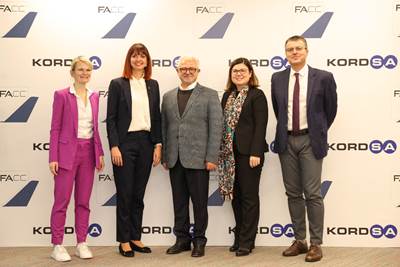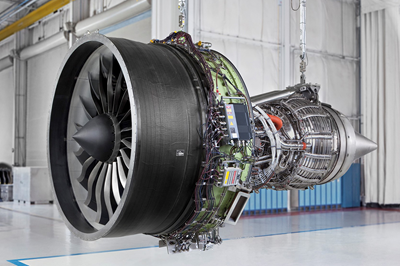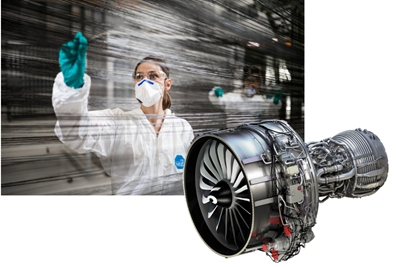Safran, Onera begin wind tunnel trials for CFM RISE fan demonstrator
Disruptive Open Fan aerodynamics and acoustics to be matured over 2024-2028 test plan for design validation of fan blades, aiming for implementation on commercial jet engines by 2030s.
Safran Aircraft Engines (Courcouronnes, France) and Onera (Modane), France’s national aerospace research agency, have begun first wind tunnel tests with the ECOENGInE, a 1:5 scale demonstrator of the future Open Fan. This disruptive architecture, a key pillar of the CFM RISE technology demonstration program being developed by CFM International, a 50/50 joint venture between Safran Aircraft Engines and GE Aerospace, is promising in terms of reducing the environmental footprint of aviation. The Open Fan aims to reduce fuel burn and CO2 emissions by 20% — and up to 80% when combined with sustainable aviation fuels (SAFs) — for the next generation of single-aisle commercial jets by 2035.
According to the initial launch of the CFM RISE program reported by CW in 2021, the joint team’s comprehensive technology roadmap included composite fan blades, heat-resistant metal alloys and ceramic matrix composites (CMC), suggesting that composites will be critical to the engines that are developed.
To support the process of bringing the Open Fan’s aerodynamics and acoustics to maturity, Safran Aircraft Engines and Onera recently signed a framework agreement for an ambitious test plan from 2024 to 2028, building on previous trials with the ECOENGInE.
ECOENGInE tests, backed by the French Civil Aviation Authority (DGAC) as part of the Council for French Civil Aerospace Research (CORAC) plan, aim to demonstrate the aerodynamic and acoustic performance of the fan module by simulating real-world airspeeds in a wind tunnel and validate the design of the fan blades. The blades play a key role in the engine’s overall efficiency. In total, more than 200 hours of testing will be performed during this campaign, followed by simulation tests with the engine mounted on a demonstrator plane wing section.
For these tests, Safran Aircraft Engines benefits from the knowledge and expertise of the Onera teams and use of what is reported to be the world’s largest sonic wind tunnel, the S1MA, based at Onera’s facility in Modane. It is 8 meters (26 feet) across, and is distinctive in terms of its airflow speed, which makes it possible to test engines in isolation or mounted on a wing structure.
“This series of wind tunnel tests is a major milestone in our research and technology roadmap, which aims to develop the technological building blocks for the next breed of commercial jet engines,” says Pierre Cottenceau, VP engineering and R&T for Safran Aircraft Engines. “With the RISE program, Safran Aircraft Engines is contributing our long-standing expertise to the development of the fan module to demonstrate the benefits of an unshrouded engine architecture on the ground and in flight by mid-decade.”
The company is coordinating demonstration of the Clean Aviation OFELIA (Open Fan for Environmental Low Impact of Aviation) project, which involves 26 European partners, including Onera. Safran is also working on a number of other major technological building blocks in conjunction with the Open Fan architecture, such as hybrid propulsion.
A wide-ranging test program is being rolled out across Safran sites to further the maturity of these technologies, which are key to helping air transport achieve carbon neutrality by 2050. For example, its Villaroche center in France has already completed ingestion tests on Open Fan blades and is currently building a new test stand facility. Operational in 2025, it will boast an 8-meter-wide (26-foot) chamber and will be used to carry out development and certification tests for the RISE program.
Related Content
Plant tour: Spirit AeroSystems, Belfast, Northern Ireland, U.K.
Purpose-built facility employs resin transfer infusion (RTI) and assembly technology to manufacture today’s composite A220 wings, and prepares for future new programs and production ramp-ups.
Read MoreManufacturing the MFFD thermoplastic composite fuselage
Demonstrator’s upper, lower shells and assembly prove materials and new processes for lighter, cheaper and more sustainable high-rate future aircraft.
Read MoreInfinite Composites: Type V tanks for space, hydrogen, automotive and more
After a decade of proving its linerless, weight-saving composite tanks with NASA and more than 30 aerospace companies, this CryoSphere pioneer is scaling for growth in commercial space and sustainable transportation on Earth.
Read MorePlant tour: Joby Aviation, Marina, Calif., U.S.
As the advanced air mobility market begins to take shape, market leader Joby Aviation works to industrialize composites manufacturing for its first-generation, composites-intensive, all-electric air taxi.
Read MoreRead Next
Kordsa to provide fire-retardant products for FACC aerocomposite components
The long-term agreement covers the supply of fire-resistant, sustainable, epoxy-based products for use in aircraft cabins.
Read MoreGKN enhances aeroengine agreement with GE Aerospace
Extended deal sees new tech development and implementation for the GEnx, increased engine fan case supply and GKN’s addition to the repair network.
Read MoreSafran NacelleLife service agreements support LEAP engine MRO
Safran has signed a NacelleLife agreement with Saudia and Tarmac Aerosave for Airbus fleet maintenance, including engineering services and availability of critical components.
Read More

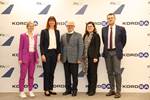
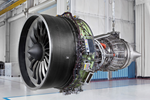
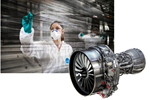
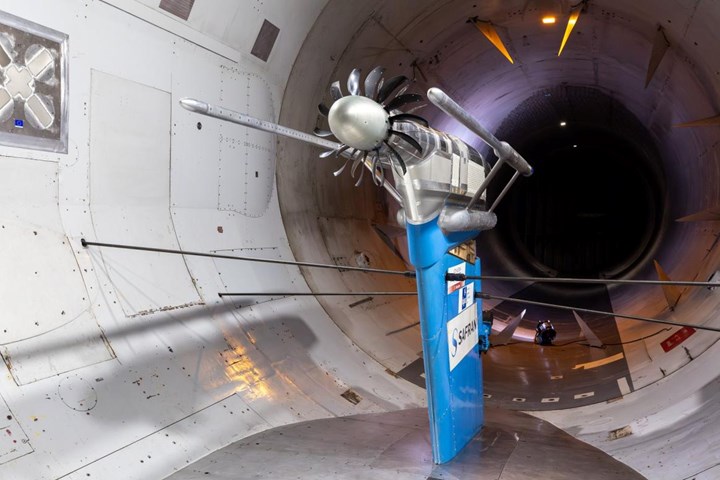














.jpg;maxWidth=300;quality=90)




